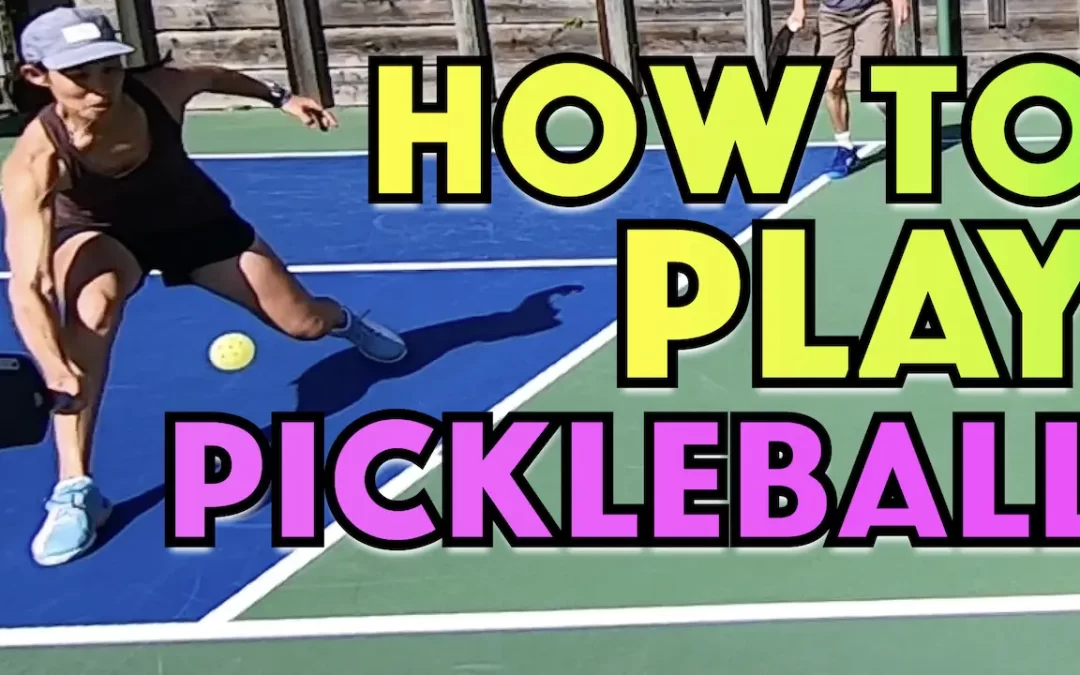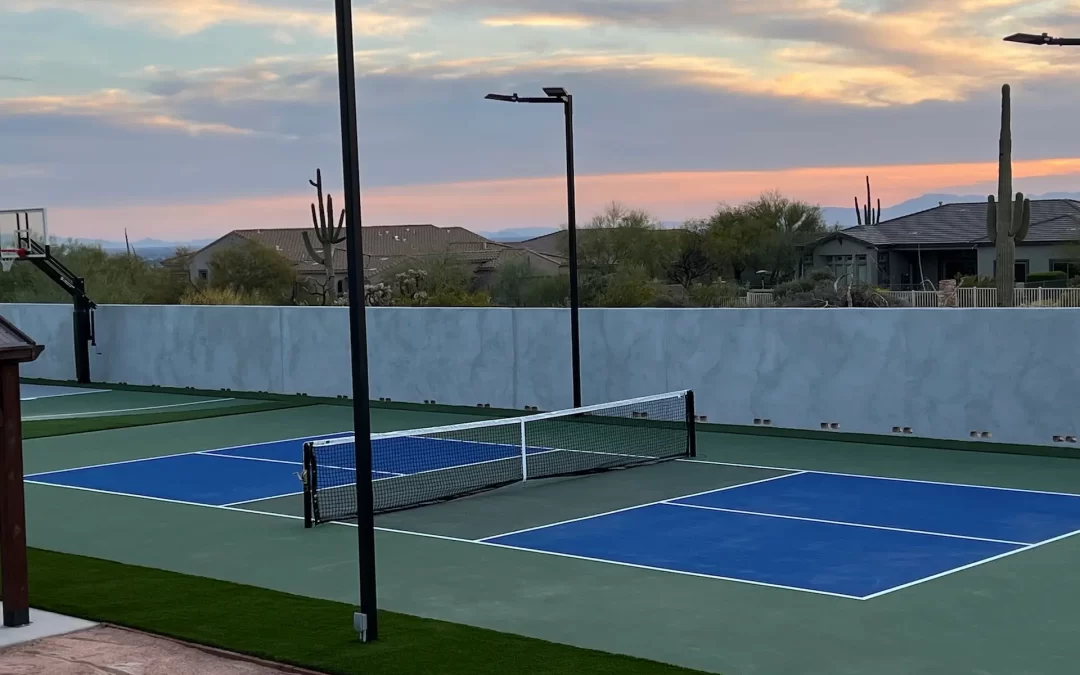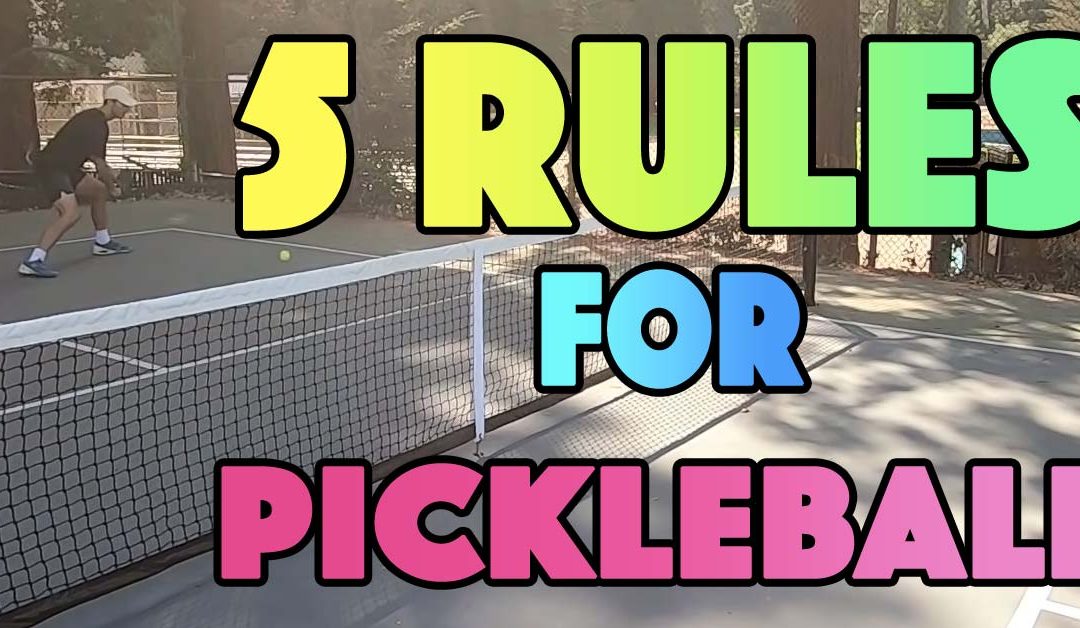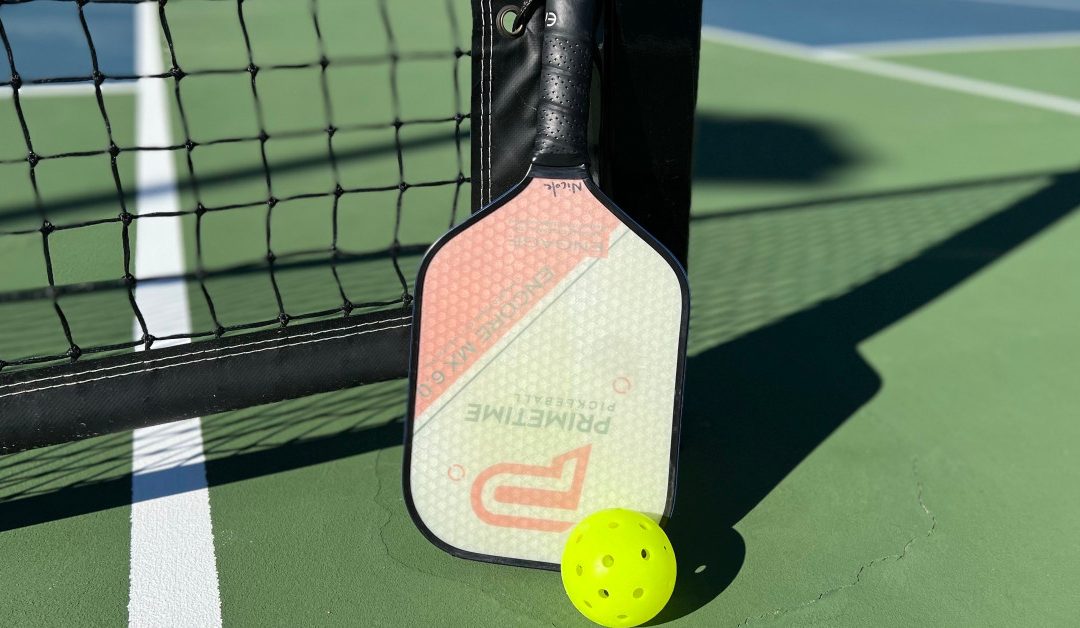Do you struggle against opponents that have only one speed and that speed is hard on everything, also known as bangers? Then this video/blog is for you.
I’m going to break down exactly what you need to do to handle these players and in fact welcome playing them because you know exactly how to beat them every time and have the skills to do it.
Here’s the thing with bangers, there’s the thing we know about them because it’s so obvious, and then there’s the thing we often overlook. It’s these two things together that we’re going to use against them to ultimately beat them.
The obvious thing is of course that they just come at you with pace, pace and more pace no matter what.
They have a high contact, they hit hard. They have a low contact, they hit hard. They’re on the run and off balance, they hit hard. They’re in the transition zone, they hit hard.
All they care to do is just whack the heck out of the ball. That’s the most glaringly obvious thing we know about them.
But the more overlooked thing that they also do is that they prefer to stay back in the court so that their hard-hit shots have space to clear the net and still land in.
If they’re too close to the net and must hit in a trajectory that is much more vertical to clear it, then those hard-hit shots are often headed into the net or sailing out.
Their margin for error is much lower the closer they get to the net and as a result they tend to stay back.
As mentioned, this is usually less obvious to people but it’s an important point to keep in mind because it will help us to beat them.
One option for you is to stay back in the court as well and go toe-to-toe with them on hard ground strokes from deep in the court.
As long as you’re better at it than them you’ll win. But that won’t help you get better in the long run. It won’t help you scale up to higher levels of play because the Holy Grail of double strategy is to get your team both up to the net and be the better team from there.
The team that controls the non-volley zone line usually wins. It’s in your best interest to be the first team to get up there in the point. If you can’t be the first team, then be the second team up there and have all four players up at the net.
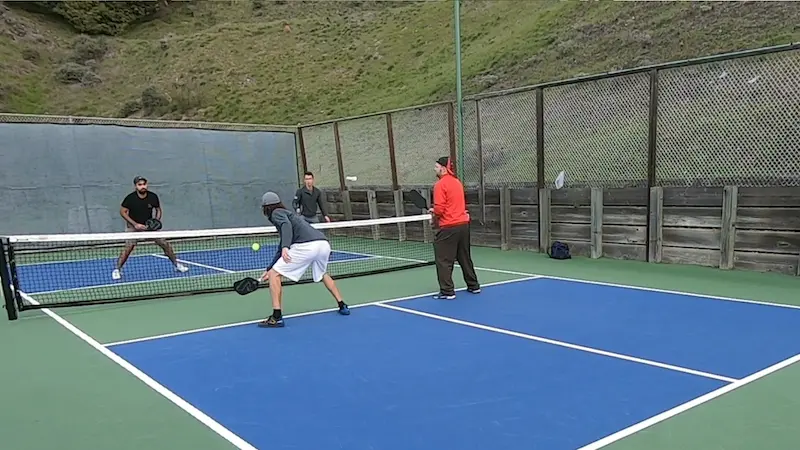
You’ll notice in pro play that all the players are typically jocking to get up to the net as fast as they possibly can.
Why is that? It’s because it’s the most offensive place on the court to be.
From up there, you have access to the most amount of angles with your shots so your ability to move your opponents laterally is maximized.
Furthermore from there you’ll also maximize how much you cut off their shots from landing on your side back behind you by taking them as volleys out of the air thus giving them the least amount of time to react to and deal with the next shot that is headed to them.
You’ll also maximize your opportunity to have high contact points with your shots that you can punish them with, hit down on, and just generally be very offensive with.
The benefits quickly stack up in your favour.
But, and this is key, you have to have fast hands, meaning good reflexes and good control when taking the ball out of the air even when it’s hit hard at you.
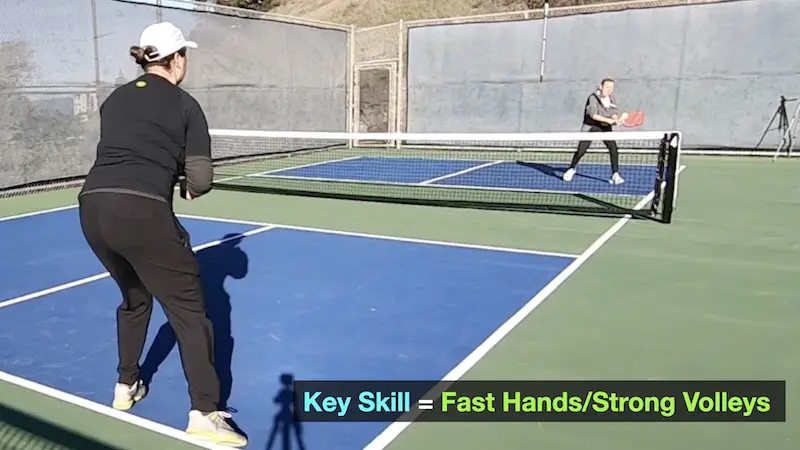
One of the main plays to counter against a player that is closing the net, as you will be, is to hit hard at them and attempt to overwhelm them with power.
To beat bangers regularly and with ease you’re going to have to move forward and intercept their shots from landing by taking them out of the air and putting your shots back towards their feet or landing to the side of them, so they must deal with them as they run stretch and reach.
This will force them to have to hit up repeatedly, right into your high contact point, and you just keep moving forward and essentially blocking or redirecting with either medium swing or short swing volleys.
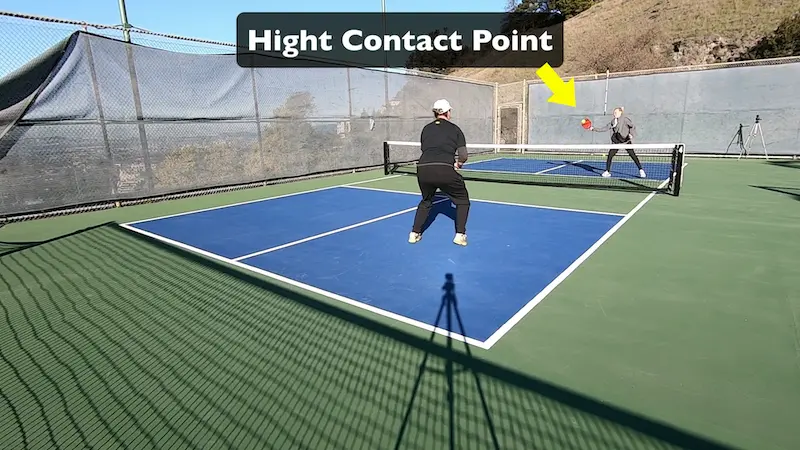
They’re already providing a lot of the pace on the ball so you mostly need to deflect it back.
But, if you do have to send it a longer ways in order to get it where you want to go, and are volleying from further back in the court, then you’ll need some swing on the volley to be able to get it all the way back there.
It really depends on the incoming shot and where you are in the court. You’ll have to adjust as needed.
As you keep forcing them into low contact points they will eventually either miss out right or send a weak shot with which you can move them to one side or the other and then keep them on the run until you win the point.
If you can do this, then you’ll beat bangers every time.
Maybe you don’t have the best reflexes yet or the best volleys, that’s okay, because those are both highly trainable skills.
I’m going to show you how to develop these skills and the even better news is that you can do it totally on your own.
Training/Drills
There are three levels to this training. Your partner is going to be a wall.
Each level has four rotations that you’ll work through.
You’ll want to spend about 5-10 minutes on each rotation.
If you’re weak on any particular rotation, then you can, and probably should, spend more time on that one than the others.
Level 1 – In Place Volleys (Stationary Volleys)
We’ll start with Level 1 which is in place volleys, or you can also think of it as stationary volleys.
You’ll pick a spot, about the same distance away from the wall as the non-volley zone line is from the net on a court, and volley against the wall from there.
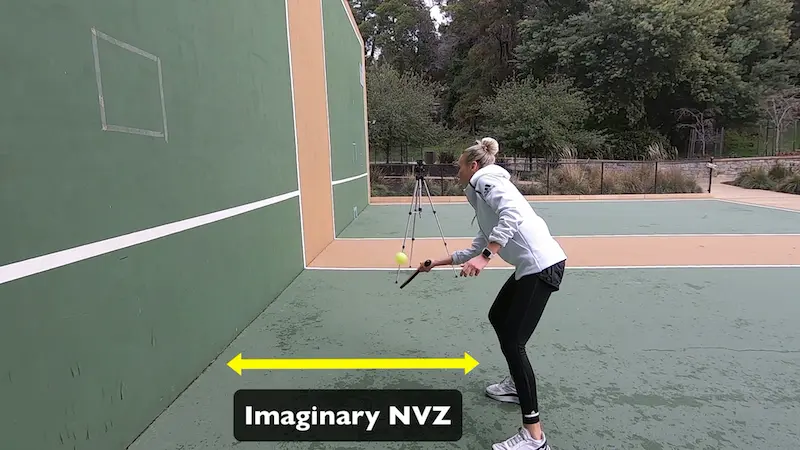
We’ll start with forehands.
You want to be sure to hit it high enough and hard enough so that it gets all the way back to you, about waist or chest high, and hit repeated forehands in this manner.
Next, we’ll do backhands.
Then, we’ll alternate forehands and backhands.
Finally, we’ll do a custom sequence of your choosing.
In the video at the top of this post, you’ll notice Lada has chosen to do 3&1 which is three forehands and one backhand.
Then, she switched it up and chose to do 2&3 as well which is two forehands and three backhands.
You can do any sequence you wish:
3 & 1
1 & 3
2 & 1
1 & 2
2 & 3
3 & 2
They are all really good options. I usually pick between one of these six.
All this variety will go a long way to making sure you have total control and can mix up patterns as needed.
If you want to get more reps in on the backhand, as you may want to if it’s your weaker side, then 1&2 as well as 1&3 are good options for that.
Level 2 – Side Volleys
You’re going to start the same way as with stationary volleys in terms of distance from the wall and hitting it high enough and hard enough to get the ball all the way back to you.
This time you’ll lead yourself by sending your shot slightly off to one side and keep going about five or so feet in that direction and then start to lead yourself back the other away.
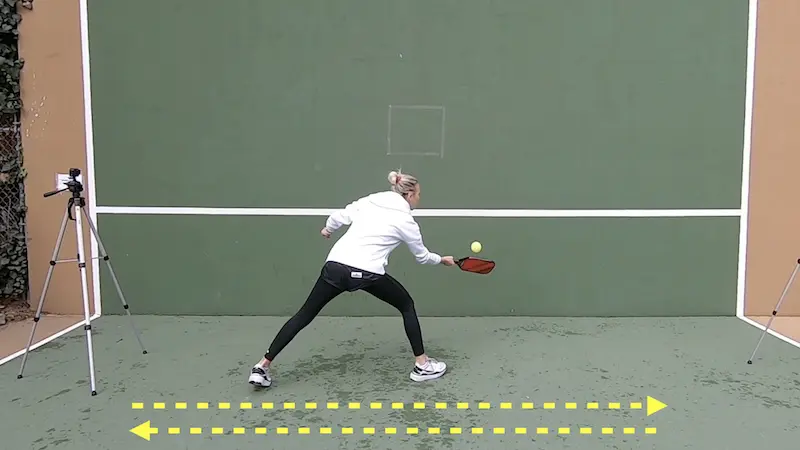
Go past your starting point and head five or so feet in the other direction.
Continue back and forth from side to side.
Next, we’ll do backhands in this manner.
Then, we’ll alternate forehands and backhands.
Finally, we’ll do a custom sequence of your choosing.
In the video at the top of the post you’ll see Lada has chosen to do 3&1 with three forehands and one backhand.
Level 3 – Forward and Back
You’re going to start the same way as with stationary volleys in terms of distance from the wall and hitting it high enough and hard enough to get it all the way back to you.
This time you’ll lead yourself backwards by sending your shot harder and higher as needed so that it gets all the way back to you as you are backing up.
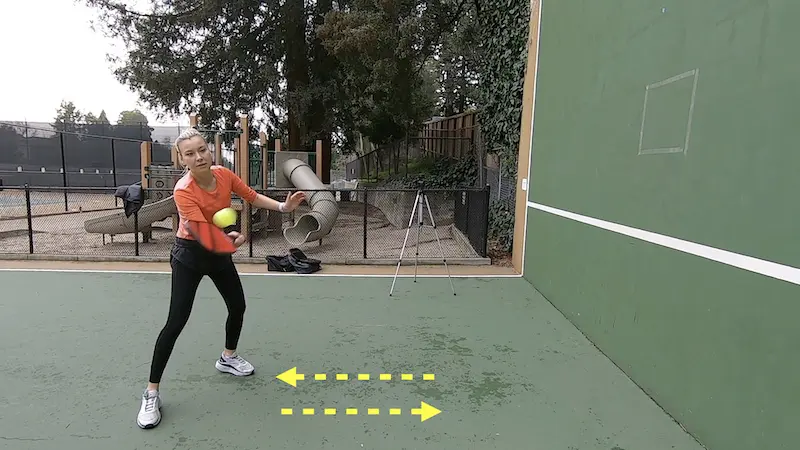
Go back about five feet or so and then work your way back up.
This one is the hardest of the three because each shot you send is slightly different than the last, so you are constantly recalibrating your shot.
You’ll notice the swing becomes more pronounced on these as you back up so that you can send it with enough force to get the ball all the way back to you out of the air.
As you move back in, you’ll still have to hit it with quite a bit of force but less than when you’re backing up so you’re constantly having to make small adjustments, and this will really help you hone your skills.
Once again, we can start with forehands.
Then, backhands.
Then, alternate forehand and backhand.
Finally, do a custom sequence of your choosing.
This training covers the skills you’ll need as you move forward in the court up to the non-volley zone line while the banger on the other side is wailing away on their shots and staying back.
You will simply keep knocking it deep with your rock-solid volleys as you head up to the non-volley zone line and when you get up there as well.
Aim it either directly towards their feet or as deep as their feet but towards the side to make them move and stretch to one side or the other.
Drop Volley (Training/Drill)
Every so often you’ll want to drop one short which requires that you have good soft skills and are able to take most of the pace off the ball and still drop it precisely where you want, short in the court.
Not the easiest of skills but certainly trainable.
We can do this one on the wall too.
What you’ll do here is a hard feed off the wall which simulates the drive coming from the banger and then you’ll reset it just over the net.
You’ll catch it and then go again.
You can also do this in a more continuous manner just make sure that the shot you hit which is intended to be the one simulating an incoming drive from the banger is headed no higher than your waist.
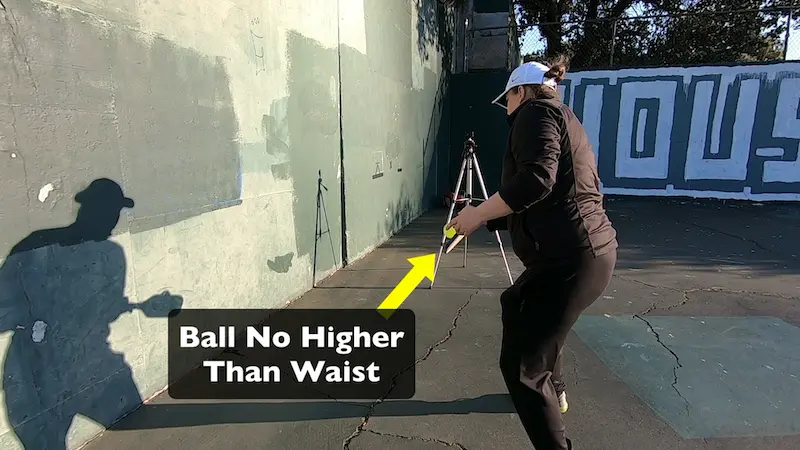
If you send it in a way that it’s coming higher than that you would likely, in a point, send that one back deep again rather than dropping it short.
You’ll do this on the forehand side and then also the backhand side.
Conclusion
Between this last drop volley training exercise and the three levels of volley training described earlier, you can develop all the skills you need to beat bangers and you can do so by yourself.
You don’t need a training partner.
Get out there and develop those banger beating skills so you can finally take down bangers once and for all!

